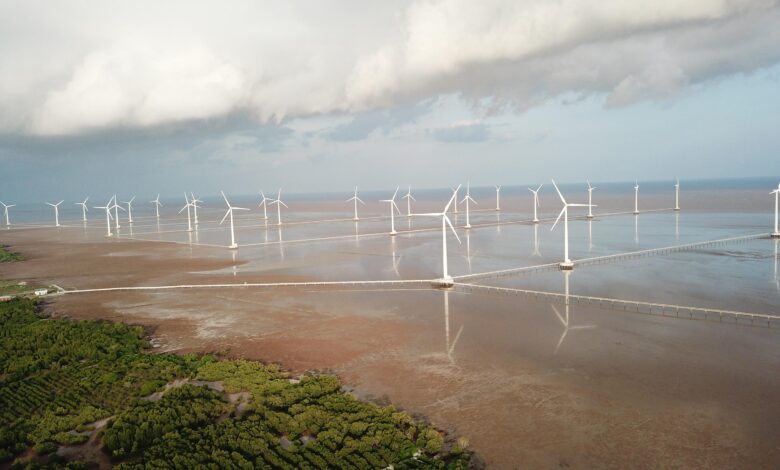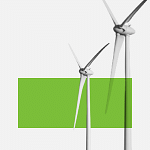Temasek, GIC part of global coalition investing US$25 billion in Indo-Pacific emerging markets

A COALITION of investors, including Singapore’s Temasek and GIC, have committed to injecting US$25 billion in infrastructure investments in emerging markets that are part of an economic alliance between the US and several Asia-Pacific countries.
This comes as 20 infrastructure projects that support the region’s transition to a green economy were deemed to be investment-ready and presented to investors at a business-matching session, as part of an investor conference organised by the Indo-Pacific Economic Framework for Prosperity (IPEF).
IPEF was initiated by the US in 2022, which now has 13 other participating countries including Singapore.
These projects, worth a total of US$6 billion, are in diverse areas including industrial parks, special economic zones, energy, agriculture and aquaculture, waste management, and water and transport sectors, said Singapore’s Ministry of Trade and Industry (MTI) on Thursday (Jun 6).
The 20 projects were shortlisted from 69 sustainable infrastructure projects worth a total of US$23 billion that had been identified earlier out of over 300 business proposals submitted.
While the remaining projects worth US$17 billion were not presented to investors, they were still recognised as potential investment opportunities in the future.
A NEWSLETTER FOR YOU

ESG Insights
An exclusive weekly report on the latest environmental, social and governance issues.
Speaking at the conference held in Singapore on the same day, US Secretary of Commerce Gina Raimondo called on investors to look beyond this first set of projects worth US$23 billion and deeper into the pipeline.
“Many other projects that are in the pipeline are investment-worthy, and we would like to help you access them and help you secure the project preparation and technical assistance funds that you will need. The US$23 billion is the top of the pyramid of what these countries have brought,” she said.
In addition to these sustainable infrastructure projects, 49 climate technology startups sought to raise up to US$2 billion at the investor forum.
Clean-energy investments
Announcing a slew of private-sector infrastructure investments into the region, Raimondo said the US$25 billion committed by the coalition was “concrete money coming into this region by investors who are here looking for deals”.
Formed by private equity firms KKR and Global Infrastructure Partners, as well as non-profit group Indo-Pacific Partnership for Prosperity, the coalition – which also consists of Allied Climate Partners, BlackRock and The Rockefeller Foundation as its members – aims to accelerate investment in infrastructure, and support the economic development and sustainability goals of IPEF economies.
Raimondo announced that private equity firm I Squared Capital is also planning to commit US$1.5 billion to energy transition and digital inclusion projects in emerging markets in the region. This includes green data centres in Indonesia, renewable energy platforms in the Philippines, and advanced smart metres and hybrid renewables in India.
Besides the private sector, advanced economies of the IPEF are injecting public funds into the region’s clean-economy transition.
The US International Development Finance Corporation – which is the country’s development bank – is looking to contribute an equity investment to the Southeast Asia Clean Energy Fund II pending approval from Congress.
Once approved by the US’ legislative body, this equity investment will enable the fund to raise approximately US$175 million, which could serve as early-stage capital in clean-economy or energy-security projects and companies, noted MTI.
The development bank approved an equity investment into Eversource Climate Investment Partners II fund, which aims to raise US$900 million that will go into companies trying to address climate change in India and South-east Asia.
US will join Australia, Japan and South Korea in launching the IPEF catalytic capital fund, which is pooling resources to expand the pipeline of bankable clean-economy infrastructure projects.
It is in the process of raising an initial funding of US$33 million, with the objective of catalysing an additional US$3.3 billion of private investments for countries that are eligible to receive government aid.
Japan has set up a hydrogen fund, which aims to leverage private financing in strengthening cross-border hydrogen supply chains. The fund will establish an “IPEF window” to deploy funding for activities undertaken in the IPEF region and is scheduled to start operations by the third quarter of 2024.
Clean-energy infrastructure
The one-day investor forum aims to advance the objectives of a clean-economy agreement – to be signed by all 14 participating countries of the IPEF on Thursday – by mobilising financing to support the development and deployment of clean-energy and climate-friendly infrastructure in the region.
Also speaking at the forum, Singapore Prime Minister Lawrence Wong said developing clean-energy infrastructure under the IPEF is one key area that supports the shift to a clean economy.
He announced that Singapore, along with the US and Vietnam, established a working group to strengthen investments in renewable energy projects in the region, as well as to study the development of a regional subsea cables framework to facilitate cross-border electricity trade.
The aim of this working group is to establish the regulatory frameworks, infrastructure and a supportive ecosystem for greater cross-border electricity trade.
Raimondo noted that the Asean power grid has been in discussion for more than a decade, but “now is the time to fund it and actualise it”.
Singapore and the US were already working on a study on accelerating the development of the Asean power grid, while the city-state previously announced it will be importing 1.2 gigawatts of low-carbon electricity from Vietnam, largely powered by offshore wind energy.
Wong said other important areas include scaling up new technologies including carbon, capture and storage, as well as blended finance.

